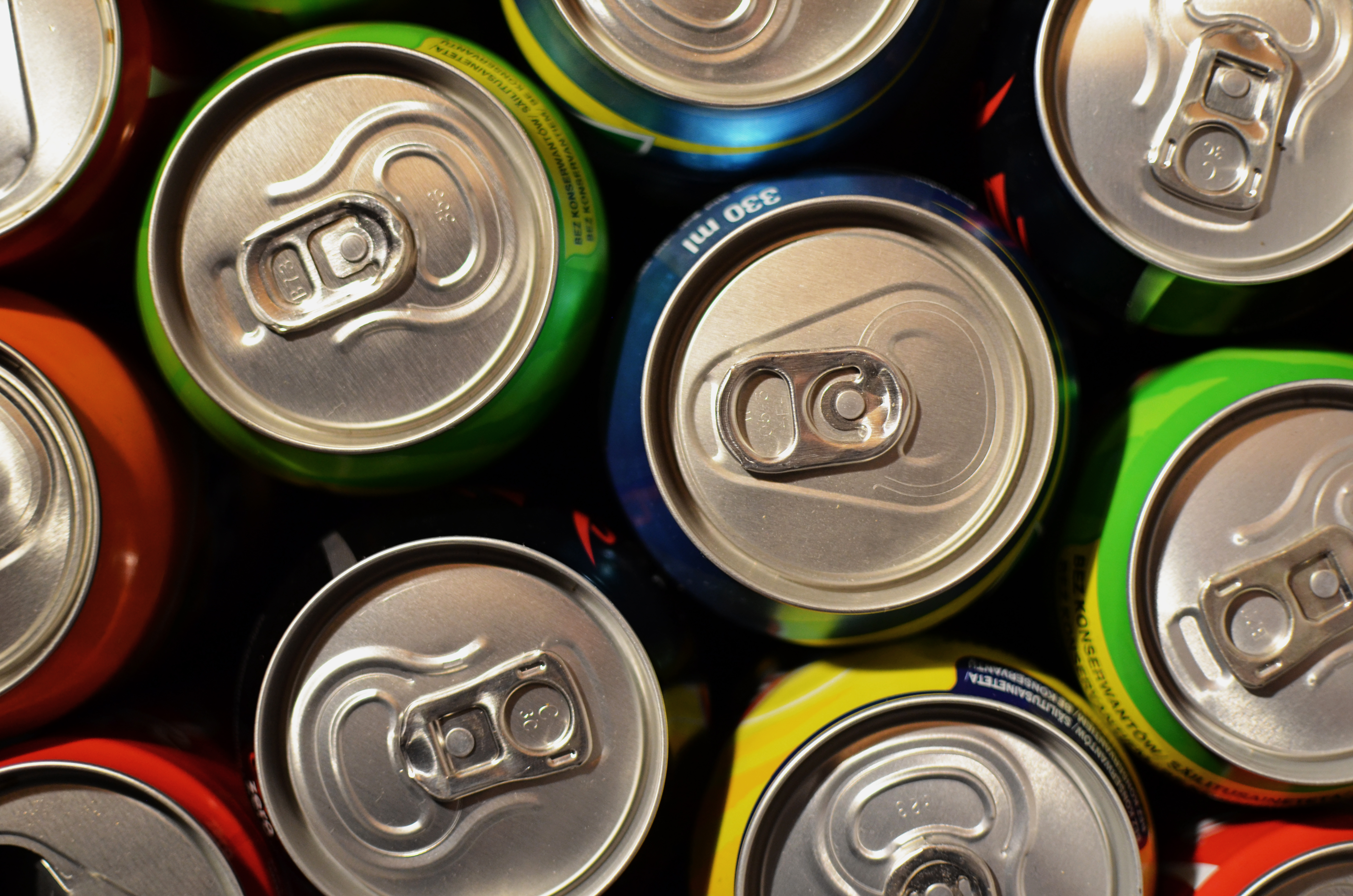Transparency is extremely important to us, so we are letting you know that we may receive a commission on some of links you click on from this page. See our disclaimer.
It's often hard to miss — or avoid — the seemingly ubiquitous sugar sweetened beverages (often soda) at work.
The New York Times previously wrote “Is Sugar Really Bad for You? It Depends,” and addressed the question “How much sugar is too much?” NYT reported “One of the largest studies of added sugar consumption, which was led by the Centers for Disease Control and Prevention, found that adults who got more than 15 percent of their daily calories from added sugar had a higher risk of cardiovascular disease. For the average adult, that translates to about 300 calories, or 18 teaspoons of added sugar, daily. That may sound like a lot, but it’s actually quite easy to take in that much, or even more, without realizing it. A single 12-ounce can of Coca-Cola, for example, has almost 10 teaspoons of sugar; it can add up quickly. The study found that most adults got more than 10 percent of their daily calories from added sugar, and that for 10 percent of people, more than 25 percent of their calories came from added sugar. The biggest sources for adults were soft drinks, fruit juices, desserts and candy.”
Now a study published in the American Journal of Health Promotion looks at the role workplace wellness programs can play in helping employees avoid sugar sweetened beverages. The bottom line: It may be harder than it seems.
The report, titled “Support for Food and Beverage Worksite Wellness Strategies and Sugar-Sweetened Beverage Intake Among Employed U.S. Adults,” states: “Sugar-sweetened beverage (SSB) consumption is high among U.S. adults and is associated with obesity. Given that more than 100 million Americans consume food or beverages at work daily, the worksite may be a venue for interventions to reduce SSB consumption. However, the level of support for these interventions is unknown. We examined associations between workday SSB intake and employees’ support for worksite wellness strategies (WWSs).”
The study looks at more than 1900 U.S. employees and reviewed workplace wellness strategies that included: ” (1) accessible free water, (2) affordable healthy food/drink, (3) available healthy options, and (4) less available SSB.”
The results: “About half of employees supported accessible free water (54%), affordable healthy food/drink (49%), and available healthy options (46%), but only 28% supported less available SSB. Compared with non-SSB consumers, daily SSB consumers were significantly less supportive of accessible free water or less available SSB.”
The conclusion: “Almost half of employees supported increasing healthy options within worksites, although daily workday SSB consumers were less supportive of certain strategies. Lack of support could be a potential barrier to the successful implementation of certain worksite interventions.”
In other words, well-run workplace wellness programs may have to provide additional incentives or encouragement for people who driving sugar sweetened beverages daily to switch.





0 Comments